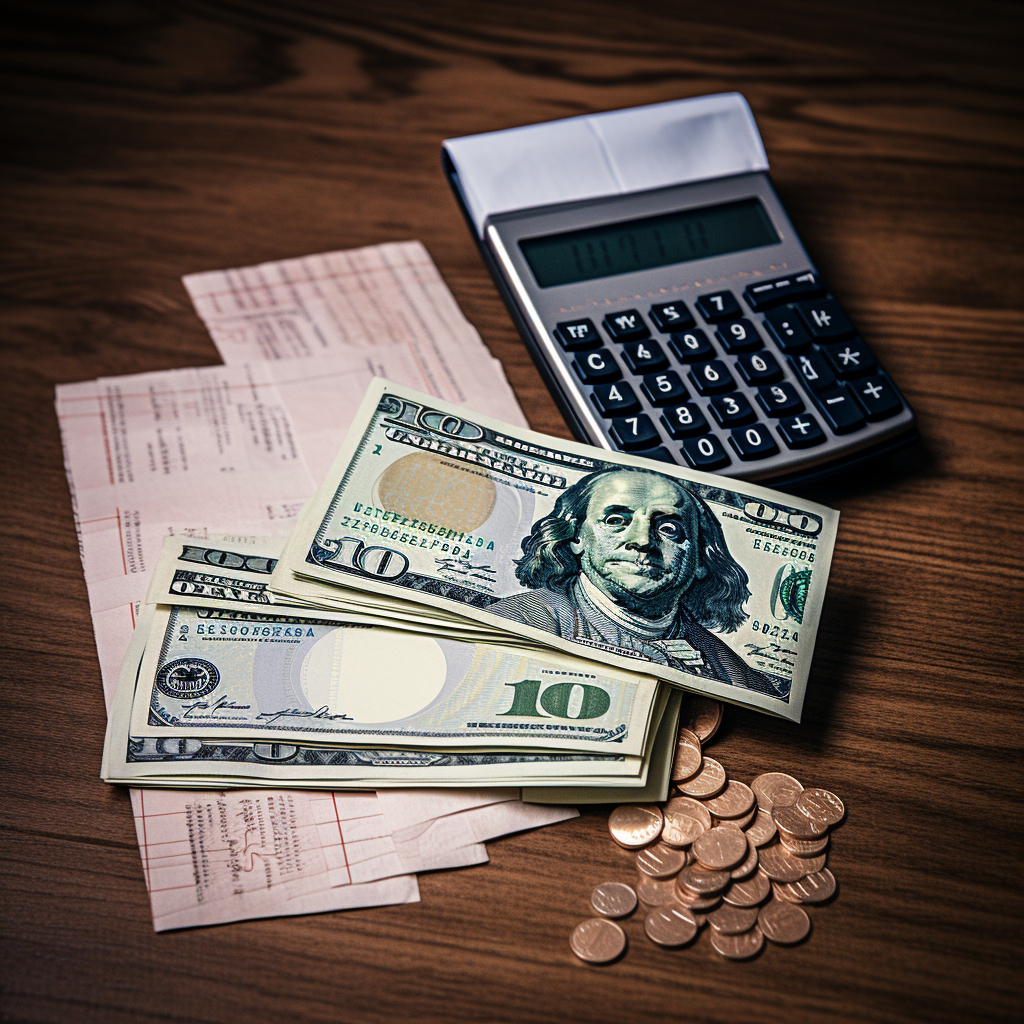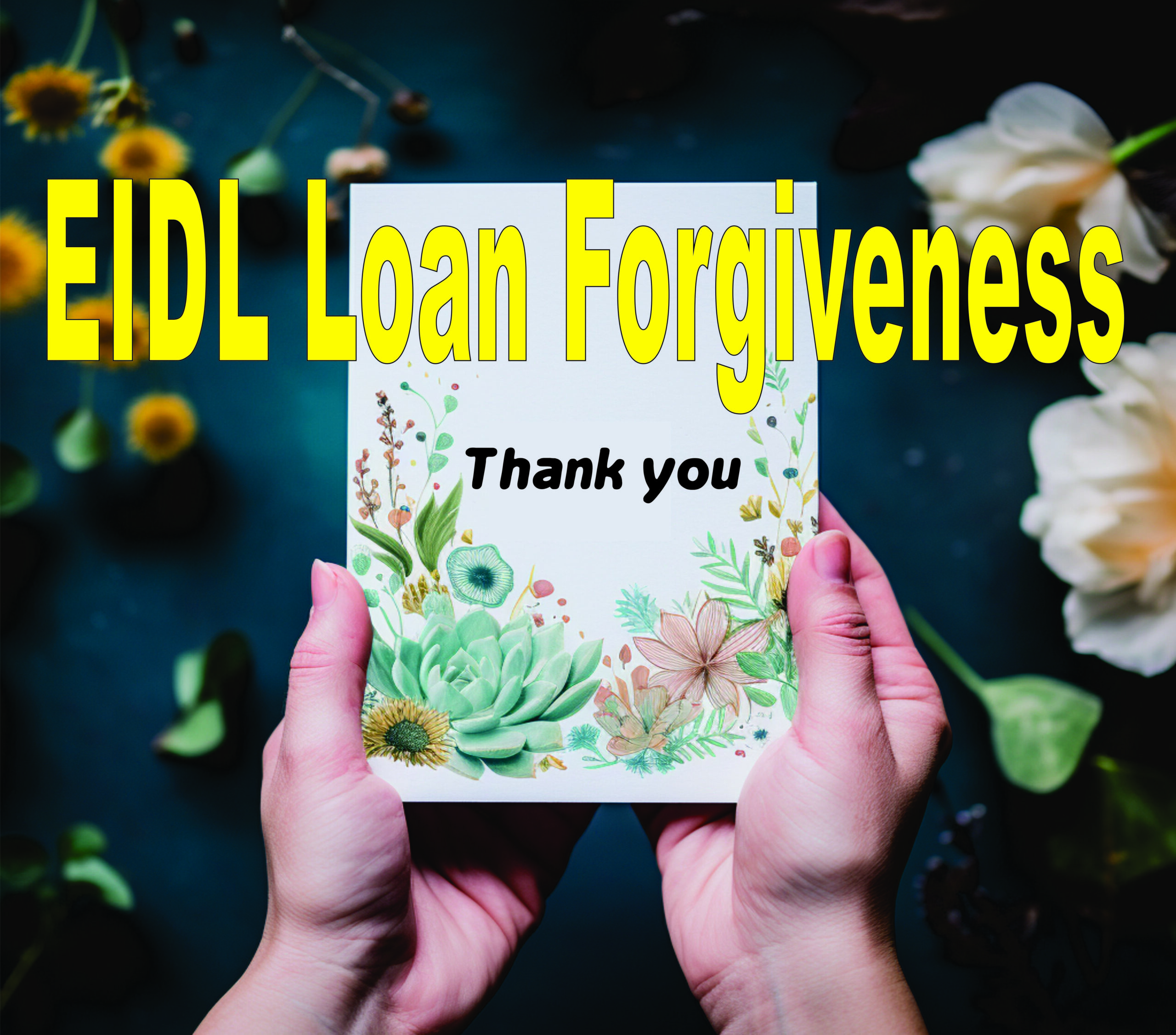Last Updated on November 8, 2023 by Lori Pace
Are you a small business owner who has taken advantage of the EIDL (Economic Injury Disaster Loan) program during these challenging times? If so, you may be wondering about the possibility of EIDL loan forgiveness.
In this article, we will delve into the topic of EIDL loan forgiveness and provide you with the information you need to navigate this process successfully.
EIDL loans have been a lifeline for many small business owners, providing much-needed financial support during the pandemic. However, the reduced income and unexpected hardships brought on by the crisis have made it difficult for some to make loan payments. This is where the option of loan forgiveness or renegotiation comes into play.
By understanding the criteria for loan forgiveness, the potential tax implications, and the avenues for managing debt, you can effectively navigate the EIDL loan forgiveness process and secure a brighter future for your business.
So, let’s explore the options available and find the best solution for your individual circumstances.
What is EIDL Loan?

EIDL Loan is a lifeline for small businesses, providing much-needed financial support during these challenging times. As a small business owner, you may wonder what exactly an EIDL Loan is and how it can benefit your business. Well, let me break it down for you.
EIDL stands for Economic Injury Disaster Loan, and it is a program offered by the Small Business Administration (SBA) to help businesses overcome the economic hardships caused by disasters, such as the current COVID-19 pandemic.
The EIDL Loan program provides low-interest, long-term loans to small businesses suffering substantial economic injury. These loans can be used to cover various business expenses, including operating expenses, business loans, and even business debt. The loan funds can be used for various purposes, such as paying fixed debts, payroll, accounts payable, and other bills that cannot be paid due to the disaster’s impact.
The loan repayment terms are favorable, with interest rates for small businesses set at 3.75% and 2.75% for non-profit organizations. The repayment period can extend up to a 30-year term, making it easier for businesses to manage their cash flow.
What Are EIDL Advances?
Aside from the EIDL loan, small businesses can also take advantage of the EIDL Advances to further ease their financial burdens.
The Targeted EIDL Advance is a program that provides additional funds to small businesses located in low-income communities that experienced a significant reduction in revenue.
On the other hand, the Supplemental Targeted Advance provides funds to small businesses in low-income communities who’ve already received the Targeted EIDL Advance but require further assistance.
These programs aim to support businesses that’s been heavily impacted by the COVID-19 pandemic.
Targeted EIDL Advance
Despite its limited availability, the targeted EIDL advance provides much-needed financial assistance to eligible small businesses. This advance is specifically designed to help businesses that experienced a significant economic loss due to the COVID-19 pandemic.
Eligible borrowers must’ve previously received an EIDL loan, been located in a low-income community, and suffered a 30% reduction in revenue during an 8-week period. While the amount of the advance is capped at $10,000, it can still be a lifeline for struggling businesses.
To qualify for the targeted EIDL advance, businesses must meet certain criteria. They must’ve been in operation before January 31, 2020, and have no more than 300 employees. Additionally, eligible businesses shouldn’t be in bankruptcy, nor should they’ve retained bankruptcy attorneys to explore the possibility of filing for bankruptcy. This restriction is in place to prevent the misuse of funds by businesses that are already in dire financial circumstances.
The targeted EIDL advance can be used for various purposes, including working capital expenditures, such as payroll costs, rent, and utilities. However, it can’t be used for capital expenditures, such as purchasing new equipment or expanding facilities.
To apply for the advance, eligible borrowers must submit an application and provide additional documentation to support their eligibility. This includes backup documentation to confirm the reduction in revenue and the low-income community location.
While the targeted EIDL advance may not be accessible to all businesses, it can provide crucial access to capital during these challenging times for those who meet the requirements.
Supplemental Targeted Advance
Imagine the relief you’ll feel when you discover the additional financial support the Supplemental Targeted Advance provides. This program is designed to offer extra assistance to small businesses that have already received a Targeted EIDL Advance but require further aid.
The Supplemental Targeted Advance allows eligible businesses to receive up to $5,000 in additional funds, providing a much-needed boost to their economic recovery.
Is EIDL Loan Forgivable?
Unlike the Paycheck Protection Program (PPP) loans, EIDL loans don’t have a forgiveness process for the entire loan amount. Instead, forgiveness is only available for the EIDL advance, which is a grant of up to $10,000 that doesn’t have to be repaid. The remaining loan amount isn’t forgivable and must be repaid according to the terms and conditions agreed upon.
It’s important to note that personal guarantees are required for loans over $25,000, and the loan payments must be made as scheduled during the deferment period.
While the EIDL loan may offer forgiveness for the EIDL advance, the loan proceeds aren’t entirely forgivable. It’s essential for small business owners to carefully manage their loans and use the funds for eligible expenses. Understanding the forgiveness process and meeting all requirements is crucial to ensure compliance and avoid any potential issues or additional debt obligations.
Ways to Ease EIDL Loans?

Remember, only the Covid-related grants like the EIDL Advances are given automatic forgiveness.
As mentioned, the EIDL loan itself is not forgivable. Meaning the loan amount must be repaid within the agreed terms. No excuses for that.
Nevertheless, we are still thankful that EIDL loans have a long deferment period. EIDL loans approved from years 2020 up to 2022 are given deferments of up to 30 months from the date of the promissory note.
Full or partial repayments are welcome but not a requirement during this given time. However, be aware that interest will still continue to accrue during the deferment.
Hopefully, this deferment period will give the borrowers considerable time to recover their businesses and get their finances back on track.
Another solution to help ease the burden of repaying your EIDL loan is to seek Loan Renegotiation. If you are really struggling to repay your loan, you can ask SBA to provide you with a restructured plan. This revised loan plan will include lower monthly payments and longer repayment terms.
Then again, know that loan renegotiation is not a guarantee. The considerations will still depend on the borrower’s individual circumstances and prevailing financial situations.
Frequently Asked Questions
Can the government take less than the full balance of an EIDL loan if a borrower demonstrates an inability to repay?
Yes, if you demonstrate an inability to repay your EIDL loan, the government may consider taking less than the total balance. However, there are no promises of settlement terms, and it will depend on various factors.
What factors are considered for loan renegotiation of an EIDL loan?
Factors considered for loan renegotiation of an EIDL loan include a personal guarantee, collateral, affordability, plans to keep the business open, and other debts. However, there are no promises of settlement terms in the future.
Are there tax implications for loan forgiveness of an EIDL loan?
Yes, there are tax implications for loan forgiveness of an EIDL loan. The forgiven amount may be subject to taxation, so it’s important to consider the potential tax consequences when seeking loan forgiveness.
What are the consequences of not paying an EIDL loan?
Not paying an EIDL loan can result in late fees, additional interest charges, legal action, and damage to your credit score. It is important to explore options like loan forgiveness or renegotiation to avoid these consequences.
What other options are available for managing debt if loan forgiveness or renegotiation is not viable?
If loan forgiveness or renegotiation is not viable for managing debt, other options include refinancing, debt counseling, negotiating repayment plans, seeking additional funding, or considering restructuring the business. Financial counseling can help create a debt management plan.
Conclusion
In conclusion, the Economic Injury Disaster Loan (EIDL) is a loan program designed to assist small businesses impacted by the pandemic. While the EIDL loan isn’t entirely forgivable, a portion can be given much consideration under certain circumstances. The guidelines for EIDL loan forgiveness are quite specific and require businesses to meet certain criteria.
So, it is important for businesses to carefully track their expenses and ensure that they’re using the loan funds for eligible purposes to maximize the full benefit of the program.

